Transportable very small modular nuclear fission reactors for military and other applications.


Transportable very small modular nuclear fission reactors for military and other applications.

Royal College of Art graduate Brian Black has designed a concept rover and virtual-reality interface that would allow anyone on earth to contribute to space exploration missions.
Black’s vision would see participants driving the rovers over real planets and moons, and collecting samples for analysis, all via a virtual-reality (VR) headset.
Installed in galleries, universities or other public places, the VR experience would function as an engagement mechanism during future interplanetary missions by NASA and other space agencies.

John Bucknell was Senior Propulsion Engineer for the Raptor full-flow staged combustion methalox rocket at SpaceX and is currently the Senior Propulsion Scientist for Divergent3D in Torrance, CA developing additively manufactured vehicle technologies.
Specific impulse (usually abbreviated Isp) is a measure of the efficiency of rocket and jet engines. By definition, it is the total impulse (or change in momentum) delivered per unit of propellant consumed and is dimensionally equivalent to the generated thrust divided by the propellant mass or weight flow rate. You can think of it like miles per gallon for cars. Higher ISP is better.
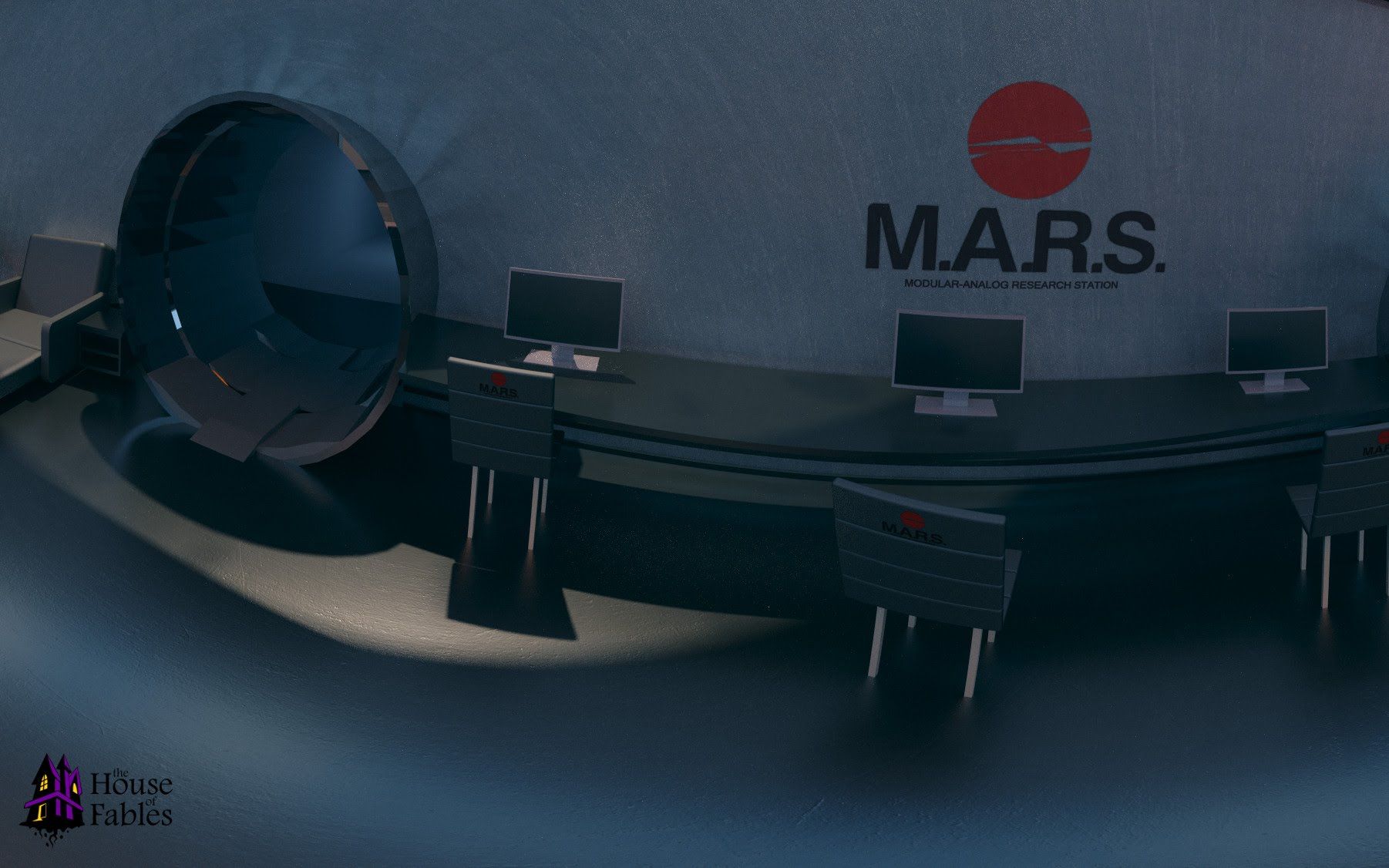
Atop a forested ridge in southern Poland, a mission on the surfaces of both Mars and the moon is about to launch.
The two-week mission is just a simulation, of course, since no entity on Earth is prepared to inhabit deep space. But the experiment — called the Poland Mars Analogue Simulation 2017 — will study a group of six volunteer “analogue” astronauts as they work through a realistic schedule of space exploration, then provide those findings to anyone who’s drawing up crewed missions beyond Earth.
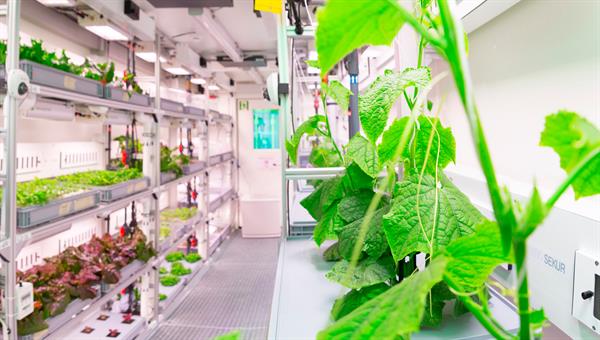
Global food production is one of the key societal challenges of the 21st century. A growing world population with the simultaneous upheaval caused by climate change demand new methods of cultivating crops in regions with unfavourable climates. A closed greenhouse is a good way of growing food in deserts and low-temperature regions – as would be the case on missions to the Moon and Mars – as it permits harvesting regardless of the weather, the Sun and specific seasons. In a closed greenhouse, water consumption is immensely reduced and there is no need for pesticides and insecticides. This kind of model greenhouse will set off for the Antarctic at the end of 2017 for a year of long-term testing under extreme conditions as part of the EDEN-ISS project. Unparalleled elsewhere in the world, this Antarctic greenhouse was presented to the public for the first time at the Bremen site of the German Aerospace Center (Deutsches Zentrum für Luft- und Raumfahrt; DLR) on 7 July 2017.
“DLR is pursuing application-oriented research within the EDEN-ISS project. Its purpose is to bring fresh impetus to food production on Earth and for human space flight,” says Hansjörg Dittus, DLR Executive Board Member for Space Research and Technology. “In doing so, we are advancing the cause of a key technology that will provide a fresh diet to inhabitants of climatically harsh regions – in our case the Antarctic – as well as to astronauts on future long-term missions.”
A year on the eternal ice.
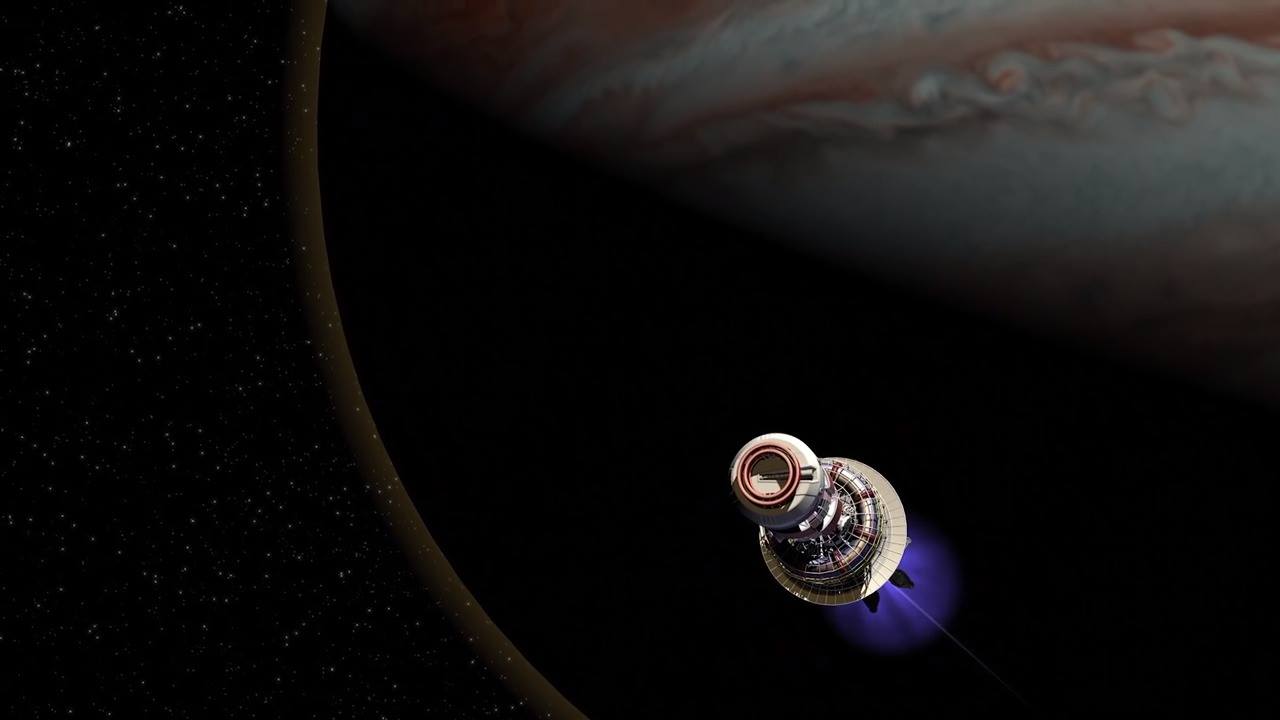
Two scientists have laid out the basic technical specifications of a black hole powered starship.
Credit: SpaceRip
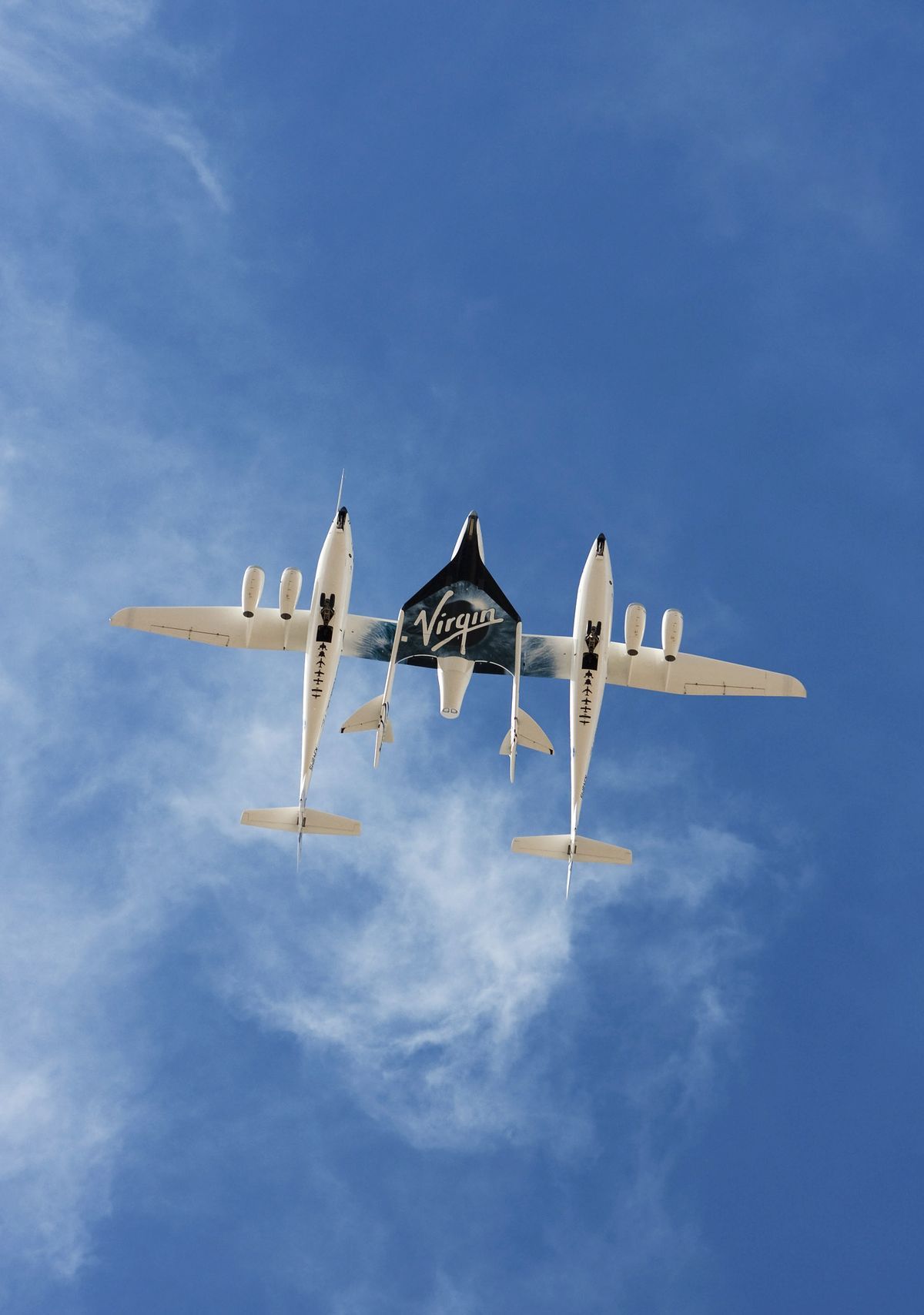
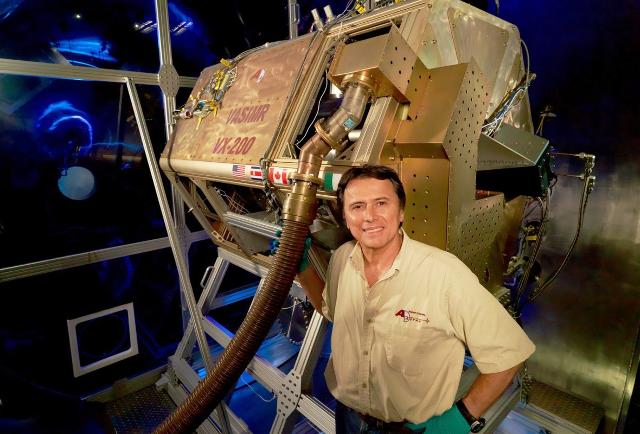
In his new book, “To Mars and Beyond — Fast,” seven-time Shuttle astronaut Franklin Chang Diaz explains the 40-days-to-Mars high concept in layman’s terms. But will it work?
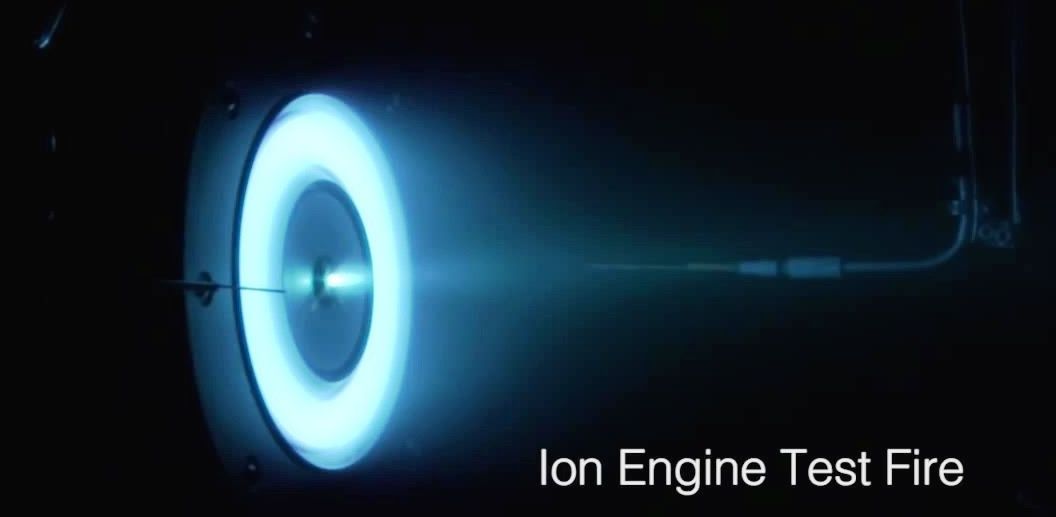
How will we send humans to the moon, Mars and other destinations in space? The chances are good that electric propulsion will play a role, and a company called MSNW is at the cutting edge of that technology.
The director of propulsion research for Redmond, Wash.-based MSNW, Anthony Pancotti, will take a share of Capitol Hill’s spotlight on Thursday during a hearing organized by the House Subcommittee on Space. And he expects to learn as much from his encounter with lawmakers as they’ll learn from him.
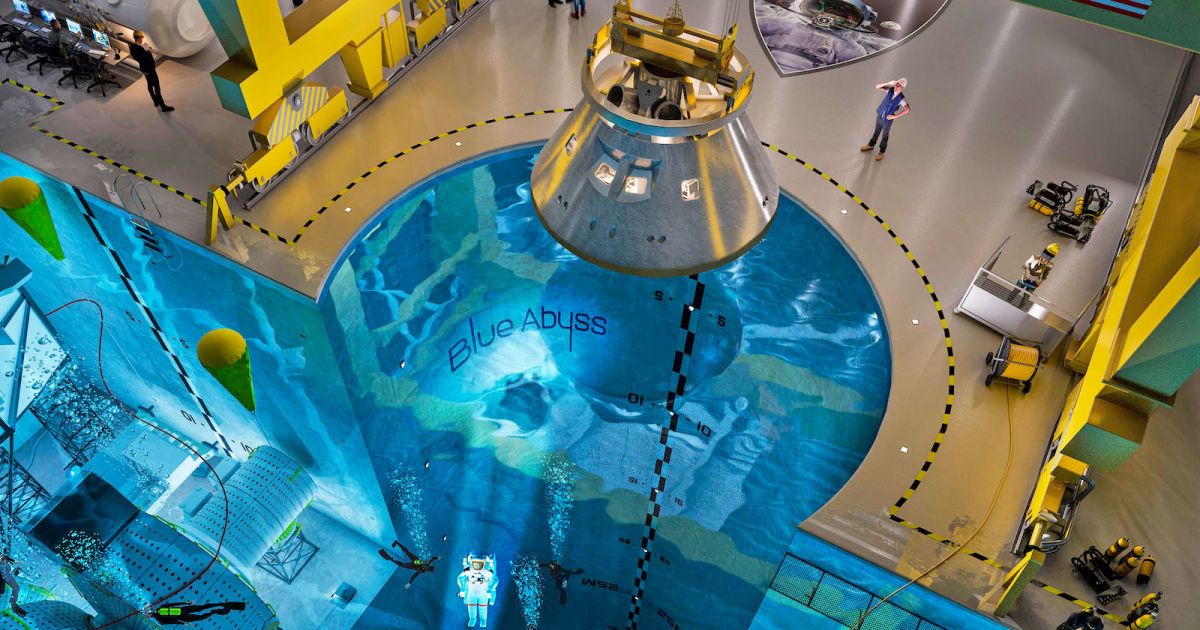
The government’s mission to put the UK at the forefront of commercial spaceflight has been given a big boost after plans were announced to build the world’s first private space research centre in Bedfordshire. The £120 million Blue Abyss facility will be constructed at RAF Henlow, providing domestic and international companies with access to the world’s biggest 50 metre deep pool, a 120 room hotel, an astronaut training centre and a “human performance centre” that will help divers, astronauts and athletes train at the very top level.
The base, which is set to fully close in 2020, already houses some of the facilities that paid-for astronauts need to acclimatise to the rigours of space. Its centrifuge base, for example, will expose space-goers to extreme G forces as part of their commercial astronaut training programme. The idea is to provide the necessary services needed by private spaceflight providers to get their passengers launch ready.
The pool, which will be three times deeper than NASA’s 12 metre Neutral Buoyancy Laboratory (NBL), won’t just be used for space projects. Offshore oil, gas and renewable companies will be invited to test their equipment in Blue Abyss’ waters. Submersibles will also be welcome, allowing companies to test underwater vehicles in “extreme environments.”